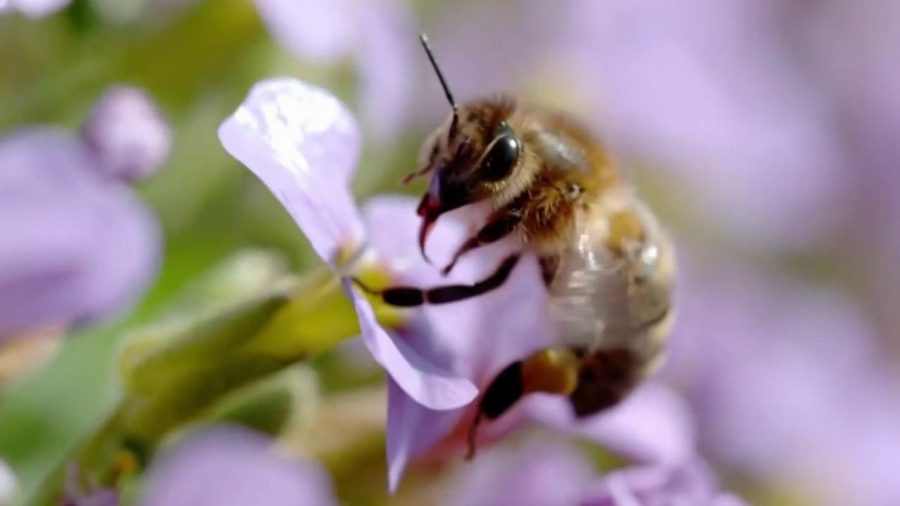Honey Bee Vaccine
The honeybee vaccine is a new and innovative tool that is being developed to help protect honeybees from diseases and pests that can harm their populations. Honeybees are a vital part of our ecosystem, as they pollinate a significant portion of the crops that we rely on for food. Without bees, our agriculture would suffer, and our food supply would be severely impacted.
There are several diseases and pests that can harm honeybees, including the varroa mite, American foulbrood, and European foulbrood. The varroa mite is a tiny, parasitic insect that feeds on the blood of bees and can transmit diseases to them. American foulbrood is a bacterial disease that infects the developing bees, while European foulbrood is a less severe but still dangerous disease caused by a bacterium called Melissococcus plutonius.
In recent years, the populations of honeybees have been declining due to these diseases and other factors such as habitat loss and the use of pesticides. This has led researchers to search for ways to protect bees and help them thrive. One solution that has gained a lot of attention is the development of a vaccine for honeybees.
The idea of a vaccine for honeybees is not a new one. In fact, researchers have been working on this concept for many years. The first honeybee vaccine was developed in the 1980s, and it was designed to protect against the American foulbrood bacterium. However, this vaccine was not very effective and did not provide long-lasting protection for the bees.
More recently, researchers have been focusing on developing vaccines that can protect against the varroa mite. The varroa mite is a particularly dangerous pest for honeybees, as it can transmit viruses and other diseases to the bees. If left untreated, a varroa mite infestation can quickly decimate a hive.
There are several different approaches that researchers are using to develop a vaccine for honeybees against the varroa mite. One approach involves the use of synthetic proteins, which are designed to mimic the proteins found in the varroa mite. These synthetic proteins can stimulate the immune system of the bees, helping them to build up immunity to the mite.
Another approach involves the use of RNA interference technology, which involves introducing small pieces of RNA into the bees that can target and inhibit the genes of the varroa mite. This can help to reduce the mite’s ability to reproduce and spread diseases to the bees.
So far, the results of these vaccine trials have been promising. In one study, researchers were able to reduce the number of varroa mites in a hive by more than 90% using a vaccine that was delivered through the bees’ food. Other studies have shown similar levels of effectiveness, and researchers are continuing to work on improving and refining the vaccines.
One of the main challenges in developing a honeybee vaccine is the fact that bees are not like other animals, and they do not have the same immune system as humans or other mammals. This makes it difficult to predict how they will respond to a vaccine and to determine the optimal dosage and delivery methods.
Another challenge is the fact that bees live in large, complex communities called hives. When a vaccine is administered to one bee, it can be spread to the other bees in the hive through the process of trophallaxis, which involves the exchange of food and other substances between bees. This means that any vaccine that is developed must be able to effectively protect the entire hive, not just individual bees.
Despite these challenges, the development of a honeybee vaccine is an important step towards protecting these insects and preserving our food supply.
Your donation will support the student journalists of Dakota High School. Your contribution will allow us to purchase equipment and cover our annual website hosting costs.

Drew Astorga is a senior at Dakota High School. Drew is interested in music, lifting, and wrestling. This is the first year that Drew is working on the...










